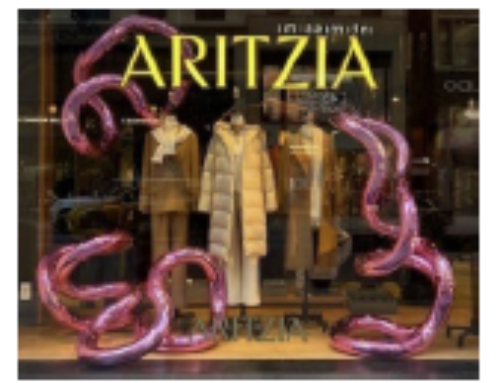Choosing a trademark can be difficult. Once you’ve settled on a mark you think will be good for branding purposes, you still need to consider the legal issues that could arise from your use of the mark.
You might already know that if your chosen mark is confusingly similar to a pre-existing mark, your mark will likely be held to infringe the pre-existing mark. What you probably don’t know is that the mark you’ve selected might cause legal problems for you even if there’s no way anyone would be confused.
The legal theory of antidilution protects strong marks when the use of the new mark diminishes or dilutes the identification value of the senior user’s mark, even when customers are not at all likely to be confused.
The federal antidilution statute protects only “famous marks,” though the laws of many states tend to be broader, protecting any strong mark. State laws are, however, generally limited to injunctive relief.
Recently the Trademark Trial and Appeal Board (TTAB) held that the mark SUPER WOMAN OF REAL ESTATE was likely to dilute DC Comics’ famous marks, including SUPERMAN, SUPERWOMAN and the Superman body suit.
The TTAB discussed the elements that must be proven in a board proceeding to win a claim of dilution by blurring:
• The plaintiff owns a famous mark that is distinctive;
• The defendant is using a mark in commerce that allegedly dilutes the plaintiff’s famous mark;
• The defendant began using its mark after the plaintiff’s mark became famous; and
• The defendant’s use of its mark is likely to cause dilution by blurring.
The real estate agent conceded that she used the SUPER WOMAN OF REAL ESTATE mark and that DC Comics’ marks are famous and were famous before she ever used her SUPER WOMAN OF REAL ESTATE mark. The TTAB found that the first three elements were, therefore, met.
The TTAB went on to determine the likelihood of dilution by blurring by considering six factors:
1. The degree of similarity between the mark or trade name and the famous mark:
The Board noted that the similarity of the marks was “immediately apparent,” especially in light of the way the applicant’s trade dress conjured up the Superman character.
2. The degree of inherent or acquired distinctiveness of the famous mark:
The applicant admitted that the registrant’s marks are famous.
3. The extent to which the owner of the famous mark engaged in substantially exclusive use of the mark:
No evidence was submitted of third-party uses of marks similar to the SUPERMAN mark or the appearance of the Superman character.
4. The degree of recognition of the famous mark:
The mark and character are both widely recognized.
5. Whether the user of the mark or trade name intended to create an association with the famous mark:
The applicant’s mark and trade dress showed the applicant intended to create an association with DC Comics’ SUPERMAN character and marks.
6. Any actual association between the mark or trade name and the famous mark:
The applicant acknowledged that “clients, other agents, brokers, and prospective clients” had “referred directly or indirectly” to DC Comics and its marks in connection with her mark.
Since all six factors weighed in DC Comics’ favor, the TTAB determined that DC Comics was entitled to judgment based on its claim of dilution by blurring.
Please feel free to contact us if you have any questions about choosing or protecting your trademarks.
Photo by Ethan Sexton on Unsplash






